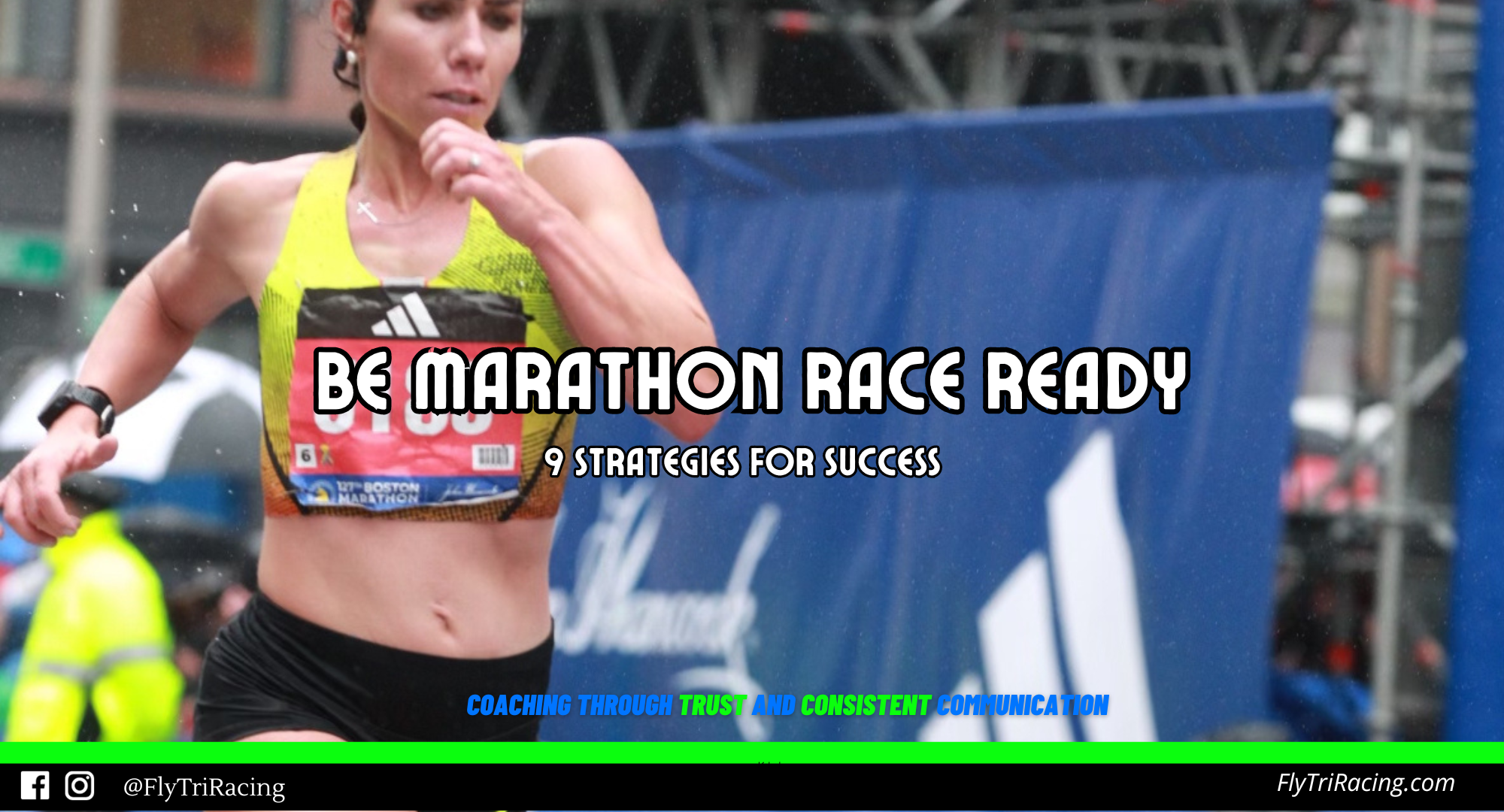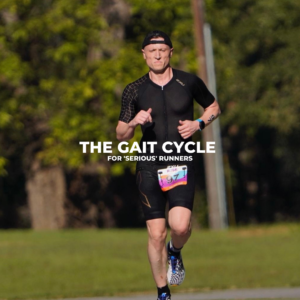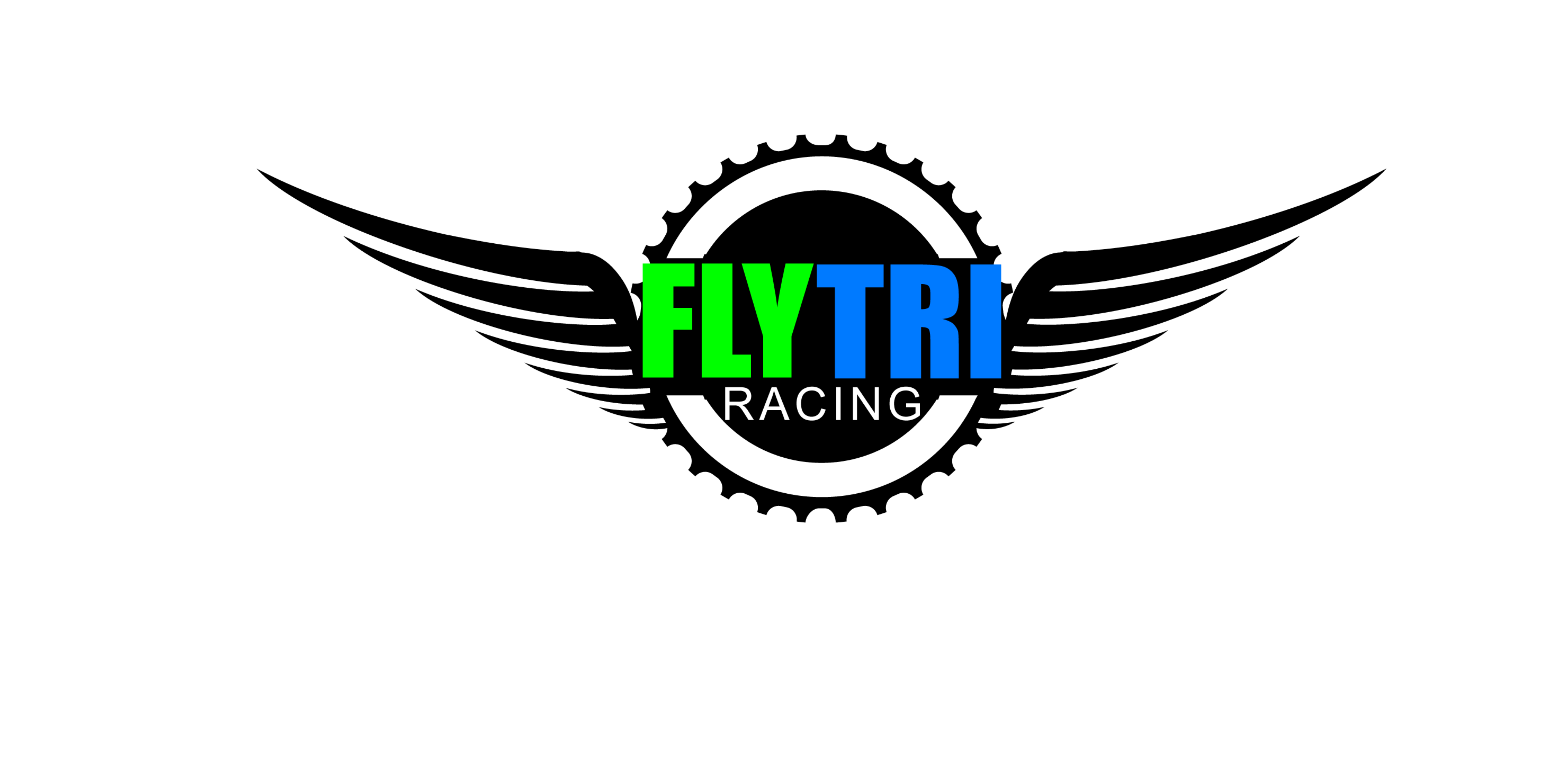Contributors: FTR Coaches – Kevin Green, DJ Ivie, Sarah Hankla, William Ritter
You put in the work all summer and fall for your major marathon in the winter and now it’s time to reap the benefits of all that work and show what you can do. The last thing you need is a last-minute bump in the road caused by a failure to plan or a simple lack of knowledge. Don’t worry, we got you. Below we’ve outlined nine valuable strategies to help you, some common sense ones and some that you may not have heard of.
- Study the course
This should go without saying but you will be surprised at the number of athletes who do not take the time to review and study the course beforehand. You should know the location of all the aid stations, the turns, major hills, and where any potential technical situations may lie. Find the course map online, study it on Google Earth, and even pull up YouTube videos that others may have shared. And if you get the opportunity, you should definitely run parts of the course ahead of race day.
- Visualize your race
What if we told you could become a better athlete without even breaking a sweat? Visualizing your race is an underrated performance enhancement that doesn’t cost you anything and is easy to implement. We could write an article on this topic alone. Visualization has been called guided imagery, mental rehearsal, and a variety of other things. Visualization is the process of creating a mental image, or intention, of what you want to happen or feel in reality. Spend 10-15 minutes a day visualizing weeks or even months before your race.
A prime example of the power of visualization is from Mark Plaatjes from South Africa. He was the 1993 World Marathon Champion in Germany. He had gathered photos of the course and had mentally rehearsed the race through his head in detail.that He knew every detail of the course before arriving and had visualized exactly how he wanted the race to play out. Plaatjes stole the lead in the final 3 minutes of the race to become the World Champion that year with a time of 2:13:57. World famous Olympic champion swimmer Michael Phelps reportedly started visualizing his races at the age of 14.
- Plan your Itinerary
There’s a lot of hustle and bustle involved in a major marathon, especially if you’re flying to a big city. Create an itinerary so you can stay organized as you travel and get ready at the destination. Plan your movements by working backward from marathon start time and detail out when and where you need to be and doing what. For example, include things like what time you need to be lined up, when to do a dynamic warmup, when and what you’re eating for breakfast, and what time you need to wake up.
- Protect your nipples
Few things hurt worse in the middle of a race than chafed nipples. Be sure you wear bandaids or nipple covers as seen here over your nipples before you even start the race because as you get going and start to heavily perspire your singlet will start to chafe your nipples. If your nipples go unprotected in such a long race you will find yourself in rare agony. In addition to protecting your nipples, you also want to make sure you use a general lubricant, such as Body Glide, on any other area that may be prone to chafing such as your armpits and thighs. Last but not least do not wear any garments that you have not worn on your long runs.
- Start in the slower corral group
We recommend you start in the corral behind your goal time. Why? Because we want you starting slower than your goal pace. This preserves vital glycogen stores for later in the race when you will need them most. Starting in a slower corral encourages you to stay with your pace plan. We typically recommend most runners to run the first half marathon about 10 seconds slower per mile than goal pace. This takes patience and discipline for athletes to control their pace in the early stages, but it pays off greatly by the end.
- Turn off auto lap mode
Turn your auto lap off function on your watch, because what is a mile on your GPS watch is likely not going to be precisely where the mile markers are on the course. This is especially true if your marathon is surrounded by tall buildings, trees, or if it’s a cloudy day as these conditions can disrupt the GPS signal. It’s more important that you pay attention to the course mile markers instead of your watch because how the course was measured is what matters most, especially for those aiming for a PR or BQ. You may also want to change your GPS Settings to the GPS + Galileo setting for better accuracy in an urban marathon like the Chicago marathon, for example.
- Run the blue line
The courses are measured by the shortest distance possible so if you’re running the curves and turns wide then you are running extra distance. If you’re running wide and trying to PR or a BQ then you are just making it harder on yourself. Most major marathons are marked with a solid blue line along the course that represents the shortest distance possible. Your goal should be to stay on or near that blue line as much as possible. Obviously the less distance you run on the course the faster your finishing time will be.
- Hydration & Fueling
Your hydration and fueling strategy should have been put together months ago and practiced during key sessions, like long runs and pacing sessions. Typically, with beginners or someone who needs a major overhaul of their fueling strategy we like to start at least 16 weeks out getting an athlete to start taking in enough fuel and dialing into levels that work for them. Experienced athletes typically need less time as they already know how to dial in their fueling, but it should still be practiced in the weeks before a race. During your marathon you want to know where the aid stations are and how much supplemental fuel you will need to have with you. If you’re “hitting the wall” in miles 16-20 it’s likely due to a lack of carbohydrate fueling. This is because your body can only store about 2,000 calories worth of carbohydrates at once. Basically that’s about 500 grams. That is only enough to get you through about 90 minutes to 2 hours of running.
- Increase your mental awareness
In just about every race physical and mental fatigue usually occurs near the 60% point. This is the point where you’re more than halfway done, but mentally still far from the finish. In the marathon this point is just before mile16. As you reach this point you need to raise your mental awareness to not let yourself slow down. If you’re already hurting by the half marathon you’re in trouble because it means you just went out too fast in the first half.
Another factor to be ready for mentally is the potential for low crowd support. The farther you get from the start or finish line of the marathon there are usually fewer crowds so the energy from the crowd will lag from what you probably felt at the start. Once you reach mile 21 you’re in the last 20% of the race and in the homestretch towards finishing At this point things may get a little easier to handle mentally if you’ve paced well and stayed on plan with your fueling. World renown coach Greg McMilllan calls this the “Go Zone” and so does AC/DC for your end of race playlist.
With these 9 strategies for success you should now be well on your way to being marathon race ready.
William Ritter, from Tyler Texas, enjoys working with athletes that are looking to improve their performance in triathlon or running. He specializes in coaching triathletes and runners of all abilities. Ritter’s coaching is extensive and focused on the individual athlete, blending the art and science of coaching. Ritter is the Head Coach at Fly Tri Racing with over 13 years coaching experience and 27 years of competitive experience. Coach Ritter is a USA Triathlon Level II Short & Long Course Coach, USA Triathlon Level 1 Youth & Junior Coach, USA Track & Field Level II Endurance & Youth Coach and USATF Cross Country Specialist. Including a TrainingPeaks Level 2 and Power Certified Coach, Ironman U, Tri Sutto Coaching Certified, USA Triathlon, Cycling Coach. To learn more about Ritter and personal coaching visit www.flytriracing.com or send email to william@flytriracing.com.




